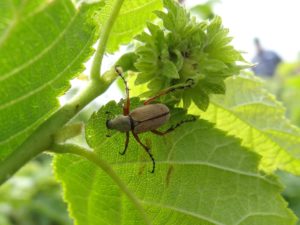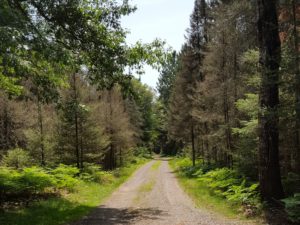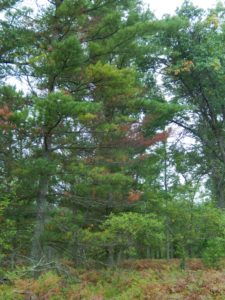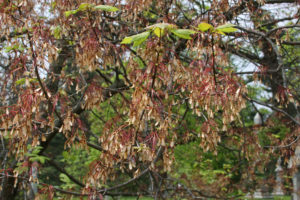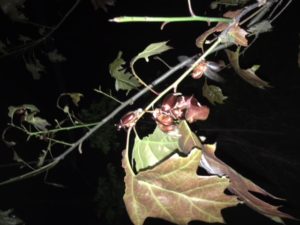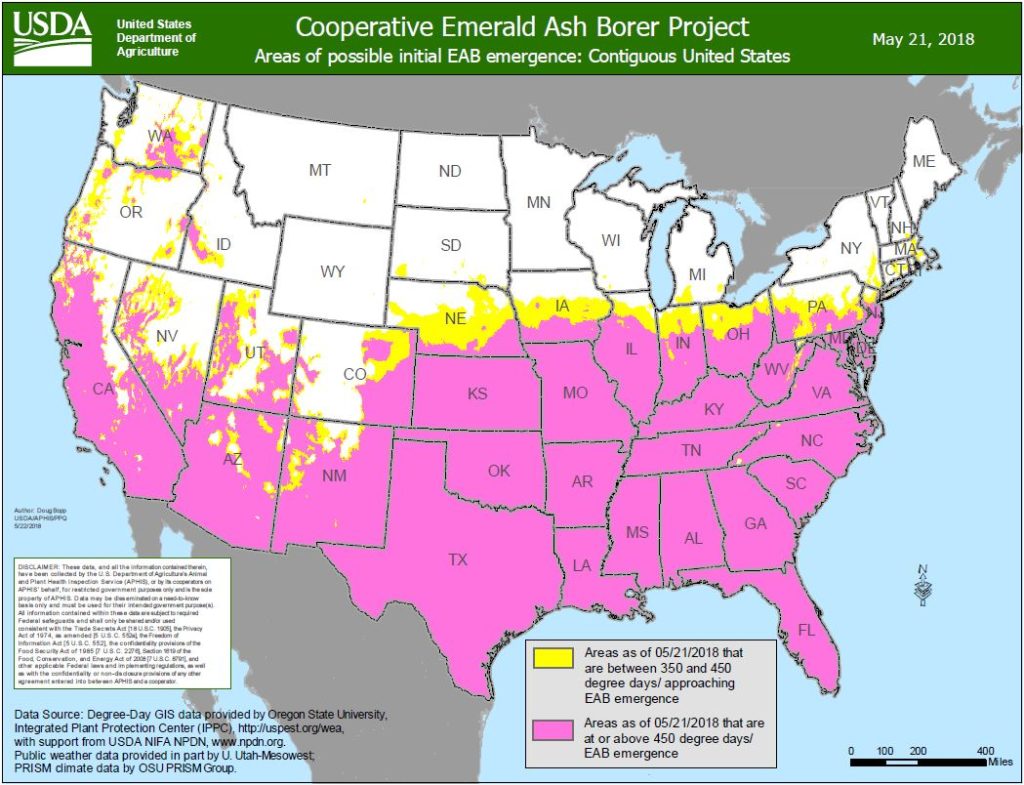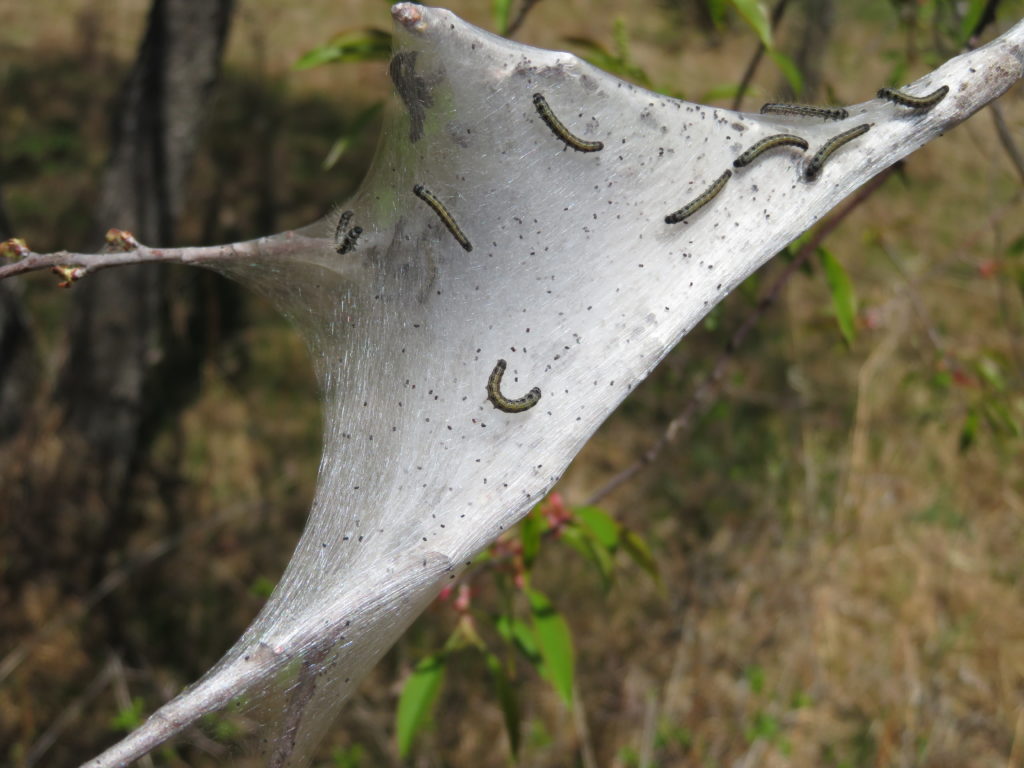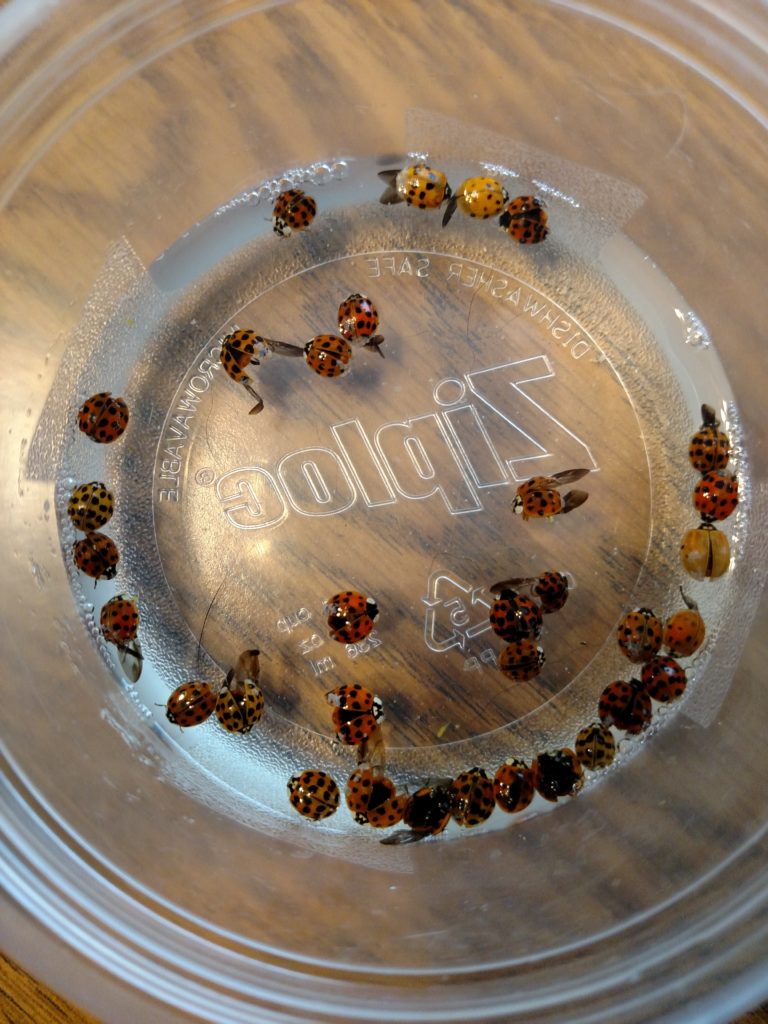By Linda Williams, forest health specialist, Woodruff, (Linda.Williams@wisconsin.gov), 920-360-0665 and Todd Lanigan, forest health specialist, Eau Claire (Todd.Lanigan@wisconsin.gov), 715-210-0150
So far this summer, only a few reports of significant defoliation and damage by rose chafers (Macrodactylus subspinosus) and Japanese beetles (Popillia japonica) have been submitted to the state’s DNR forest health specialists. Both of these leaf-skeletonizing beetles feed on foliage of many species of trees, shrubs and other plants. Although activity by Japanese beetles appears light this year, defoliation by rose chafers was reported in Marinette, Shawano, Waupaca, and Trempealeau counties.
Continue reading “Rose chafer and Japanese beetle populations high in parts of state”

